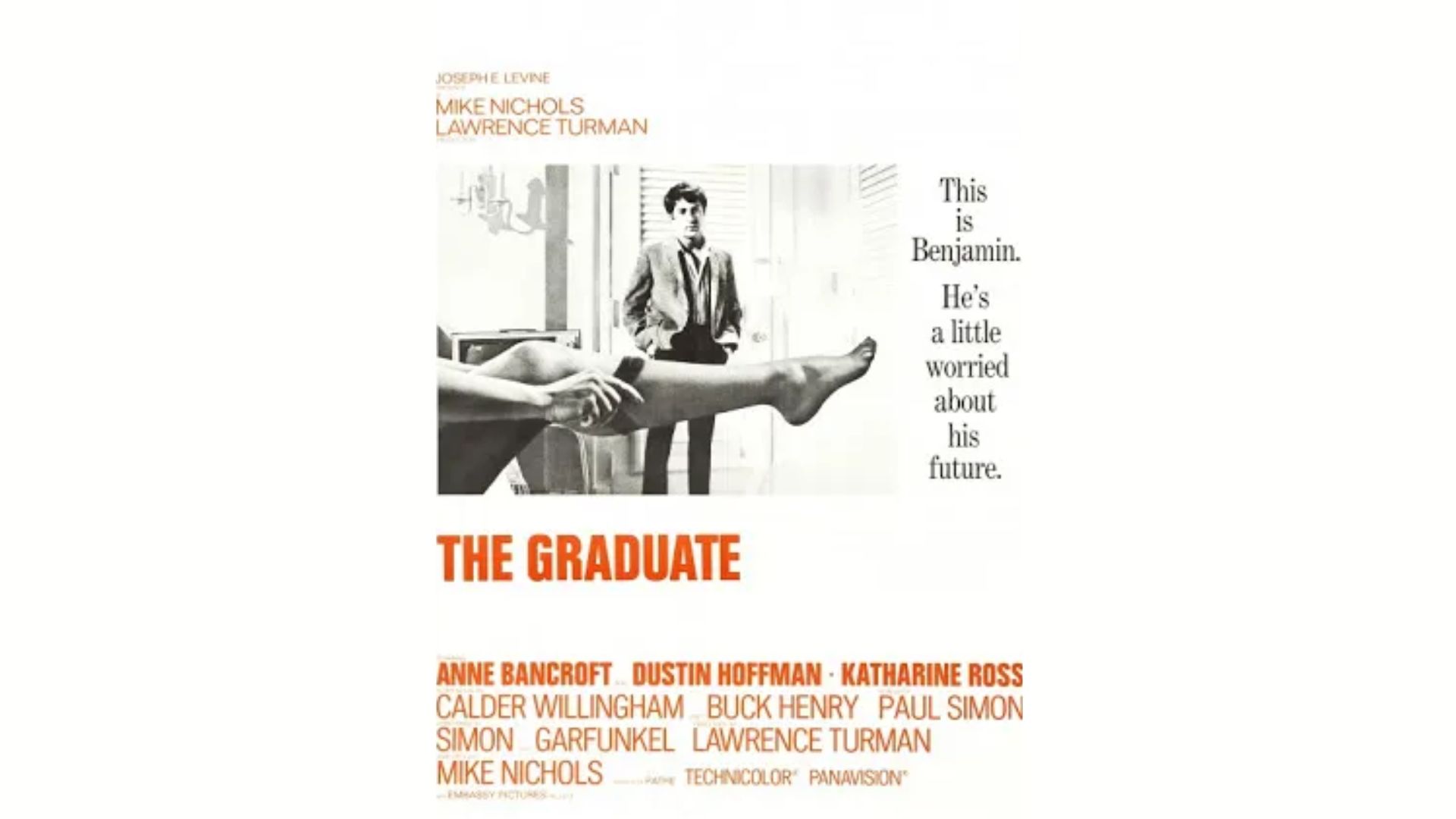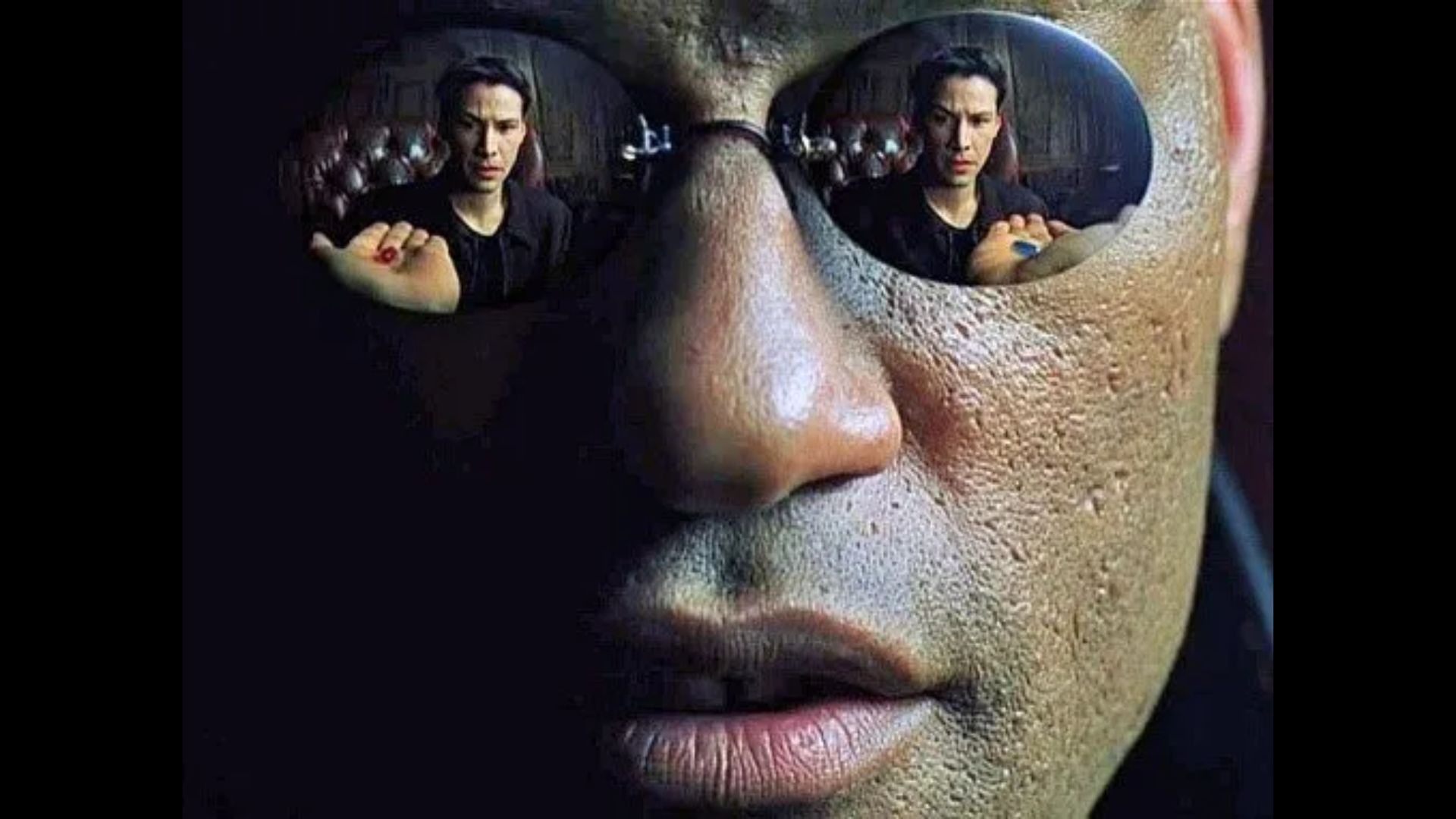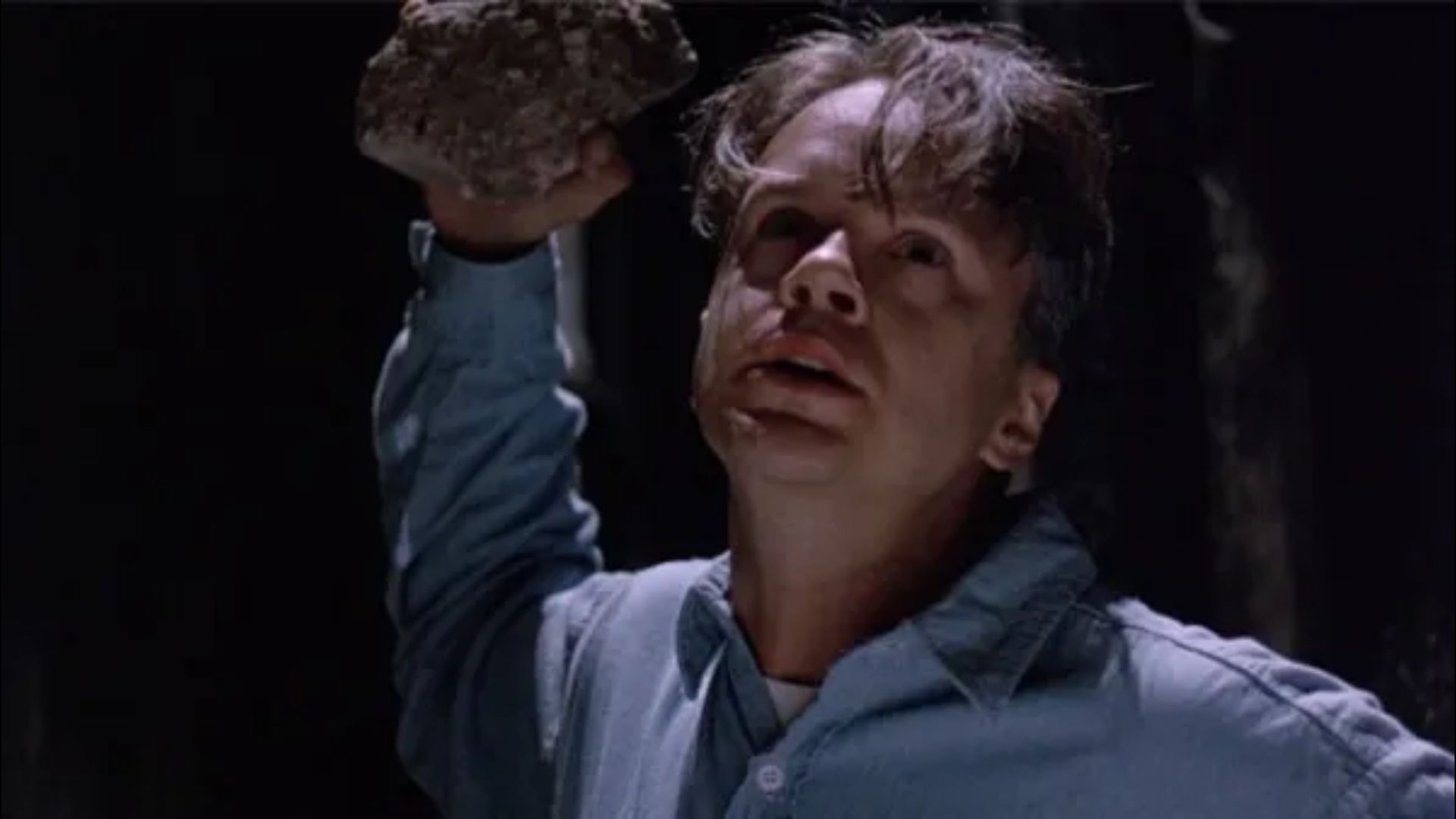The 5 major plot points of a Screenplay
We all know that movies can be mostly divided into 3 acts. In this post, we will show how movie scripts can be actually divided into 5 major plot points.
When learning the basics of screenplay structure, writers generally talk about stories having 3 acts. That is a beginning, middle and end with a turning point at the end of act 1 and act 2.
Although it’s important to understand how these two turning points work to drive your story forward, there are really five major plot points that dictate the full structure of your story.
The 5 act structure:
- The inciting incident
- The lock-in
- The first culmination (or midpoint)
- The main culmination
- The third act twist
These five points are moments that change the momentum of your story.
This narrative structure helps screenplay writers turn the events in the script in a dynamic way. Often by setting the protagonists of the story down a new path or changing their objective.
There are exceptions to every rule but understanding how to use these five moments in your screenplay to help you build the necessary turning points can be key!
1. The Inciting Incident
The inciting incident occurs in the middle of the first act and at the end of your first sequence. It is the first moment that shakes up the status quo.
Before this moment, your protagonist has existed in their own world. But at this point in the story, conflict or big decision presents itself.
The character would not have to decide on what to do next or figure out how to solve the problem. But the audience would start suspecting that there is a big decision coming along the way.
To make this clear consider the movie: The Graduate

The Graduate
Mrs. Robinson asks Ben (a recent college graduate) to give her a ride home where she convinces him to come inside her house and then attempts to seduce him. She then stands in front of him naked and makes it clear that she is sexually available for him. Here, Ben did not give a clear decision about what he wants or what he is about to do… he just nervously tries to escape the room.
At this point, Ben has not entered into a relationship with Mrs. Robinson. However, the door has been open to that very opportunity.
We still have more to come in the first act, but we won’t be surprised when he later makes the call and begins the affair.
2. The Lock-in
The lock-in is the moment at which your protagonist can no longer return to the status quo. Backing out is impossible.
Often the character is literally locked up with handcuffs, stranded, or abducted.
The door which was open to the protagonist earlier at the inciting incident now slams closed behind your character.
This would not only establish your protagonist’s objective but also will drive them forward into the second act.
For example, In the Matrix, Neo meets Morpheus who explains The Matrix is a false reality. Morpheus then holds out two pills: if Neo takes the blue pill he’ll wake up in his bed and believe whatever he wants. But, if he takes the red pill, then he’ll stay in Wonderland and Morpheus will show him how deep the rabbit-hole goes.
Here is the inciting incident.

The Lock-in
As we move to the lock-in, Neo takes the red pill.
Clearly, Neo is now locked in. There is no going back. He has liberated himself from the false reality of the matrix.
3. The First Culmination / Midpoint
About halfway through every screenplay, your protagonist achieves their first major success or failure.
This is the midpoint of the 5 major plot point structure.
When the midpoint is a success, then it’s an achievement of a smaller goal on the road to the main objective.
Alternatively, when this culmination (or midpoint) is a failure, it moves your protagonists even farther from their objective.
In Forrest Gump, Forrest accidentally ends up on the stage as part of an anti-war rally and is asked to speak to thousands of people filling the National Mall. Even though the microphone cuts out during a speech, Jenny hears his name and yells out from the crowd. Forrest and Jenny run to each other reuniting in the reflecting pool to the cheers of thousands.
Despite all of his other accomplishments, this is the high point in forest life because, in the end, all he really ever wants is Jenny. She was lost but now she’s found.
4. The Main Culmination
The main culmination can be thought of as the climax of the film.
It is the highest or lowest point for your protagonist so far.
The Climax is usually represented through a major success or failure that brings your character’s second act objective to a close and propels them towards a new goal in the third act.
for example, in The Shawshank Redemption: Andy Dufresne asks the warden to help him get another trial and promised that he won’t reveal the money laundering schemes that he set up for him. The warden reacts by throwing Andy in solitary confinement. Now not only is Andy refused the opportunity to prove his innocence but in the immediate aftermath of this scene, the warden sends the only inmate who can testify in Andy’s behalf to his death sentence.

The Main Culmination
This is the lowest low for Andy Dufresne. He really is an innocent man and now he has no hope to ever breathe the air beyond Shawshank Prison.
5. The Third-act Twist
The third-act twist occurs approximately halfway between the main culmination at the end of your story.
It is the bone thrown in front of the protagonist to help him achieve his third act objective. This is the moment that changes the trajectory of the character in the final act.
This third act twist is different from the other 5 major plot points because it actually changes the plot.
In Scorsese’s Goodfellows, Henry meets his best friend Jimmy in a diner only to realize that Jimmy plans on having him killed. This unexpected turn of events then forces Henry to cut a deal with the authorities where he rats on his friends and enters the witness protection program.
Importance of the 5 plot points
These 5 major plot points are the building blocks behind three-act structure and sequence construction. Mapping out these points early in your screenplay development process will go a long way to help navigate the writing of your script.
You can check out the article about the 13 beats of the script that expands on these 5 plot points in more detail.

Hiroshima Mon Amour
Hiroshima Mon Amour Cast: Emmanuelle Riva (Elle), Eiji Okada (Lui), Stella Dassus (Mother), Pierre Barbaud (Father), Bernard Fresson (German Lover).Directed by Alain Resnais.Written by Marguerite Duras. Story Set in the summer of 1957 in Hiroshima. A French...

French New Wave
French New Wave History Background The French New Wave can be considered as a reaction to the World War II. During the war, American films were banned in France by the Nazi occupation. This left the French cinema lovers hungry for films especially that the only...

Create Engaging Characters Using These 4 Steps
Create Engaging Characters Using These 4 Steps When you’re making a film, one of the most important things is to create engaging characters that hold our attention for the entire runtime. I know that creating characters is not as easy as it sounds. If you are stuck...

The Ultimate Guide to the Best DSLR Cameras
The Ultimate Guide to the Best DSLR Cameras Digital single-lens reflex cameras, or DSLRs for short, are the most popular and effective instruments in photography for taking incredible images and films. DSLRs have captured photographers’ hearts for decades, both new...
Up next
Hiroshima Mon Amour
Hiroshima Mon Amour Cast: Emmanuelle Riva (Elle), Eiji Okada (Lui), Stella Dassus (Mother), Pierre Barbaud (Father), Bernard Fresson (German...
